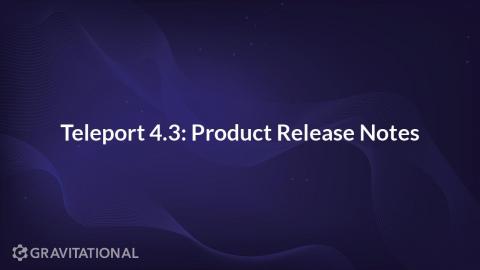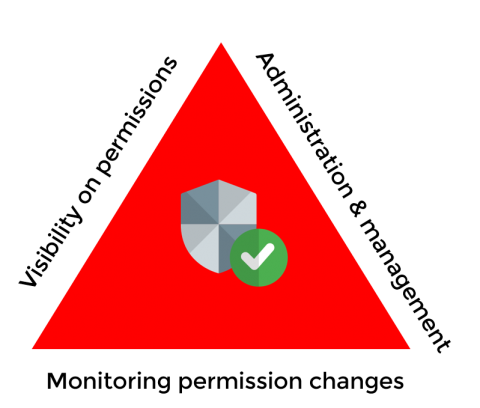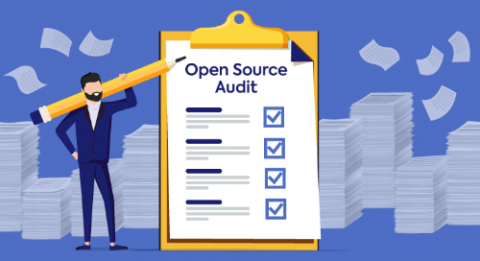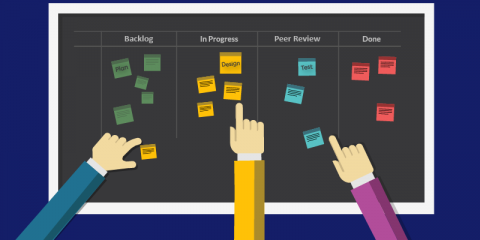Teleport 4.3 Product Release Notes: A New UI & Approval Workflow Plugins
This is a major Teleport release with a focus on new features, functionality, and bug fixes. It’s a substantial release and users can review 4.3 closed issues on Github for details of all items. We would love your feedback - please pick a time slot for a remote UX feedback session if you’re interested. Teleport 4.3 includes a completely redesigned Web UI.











